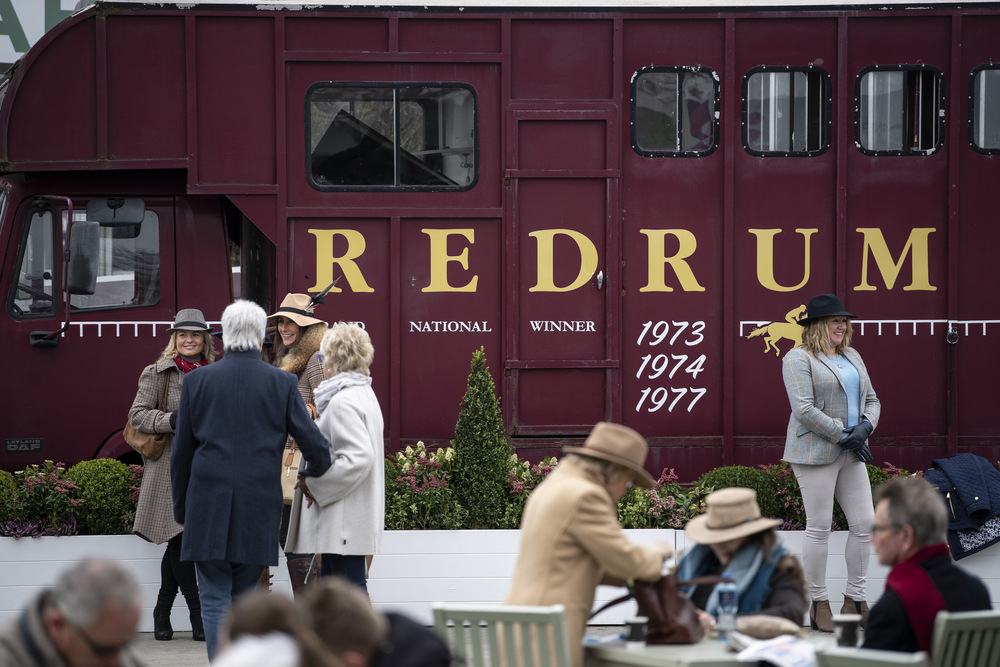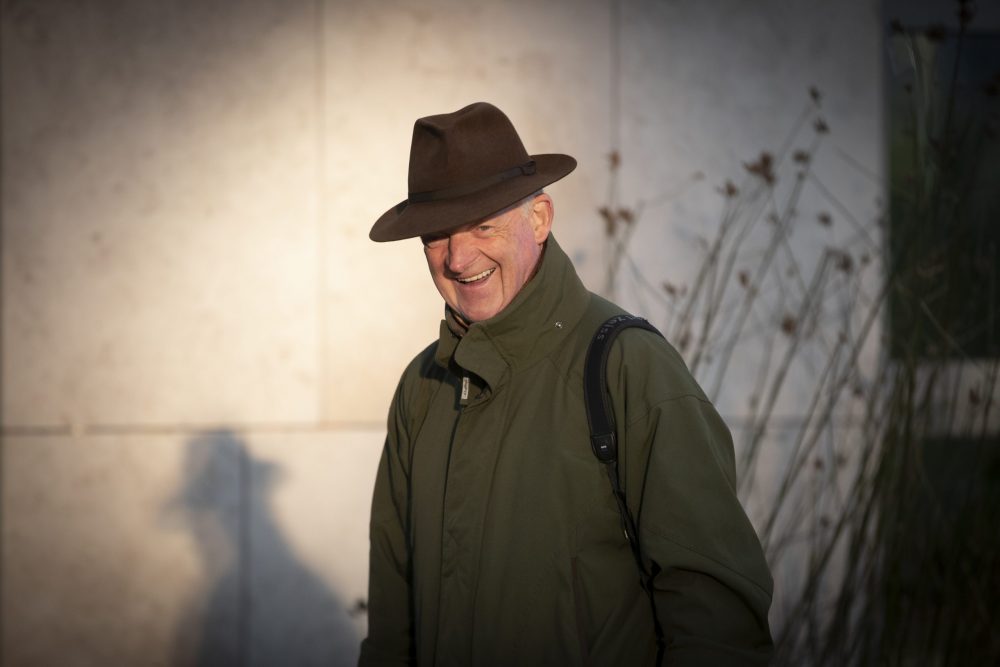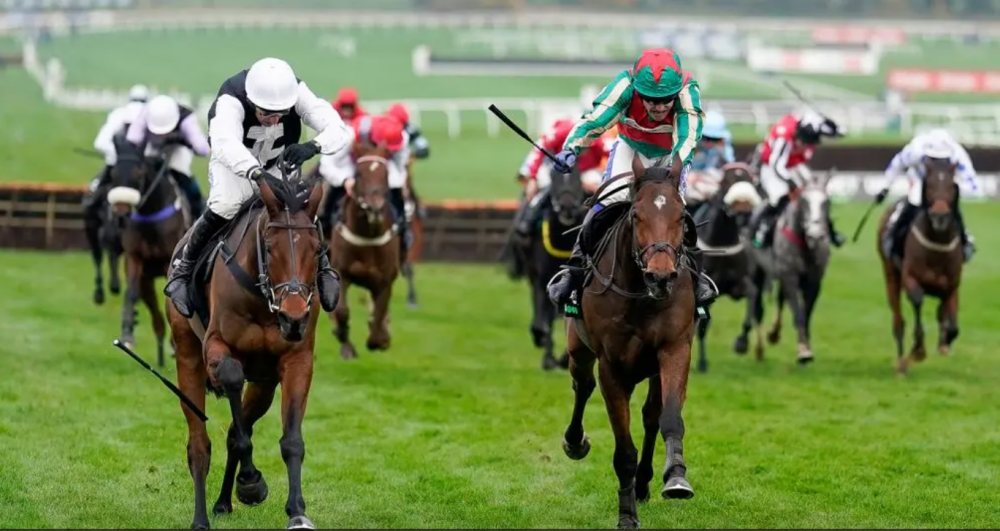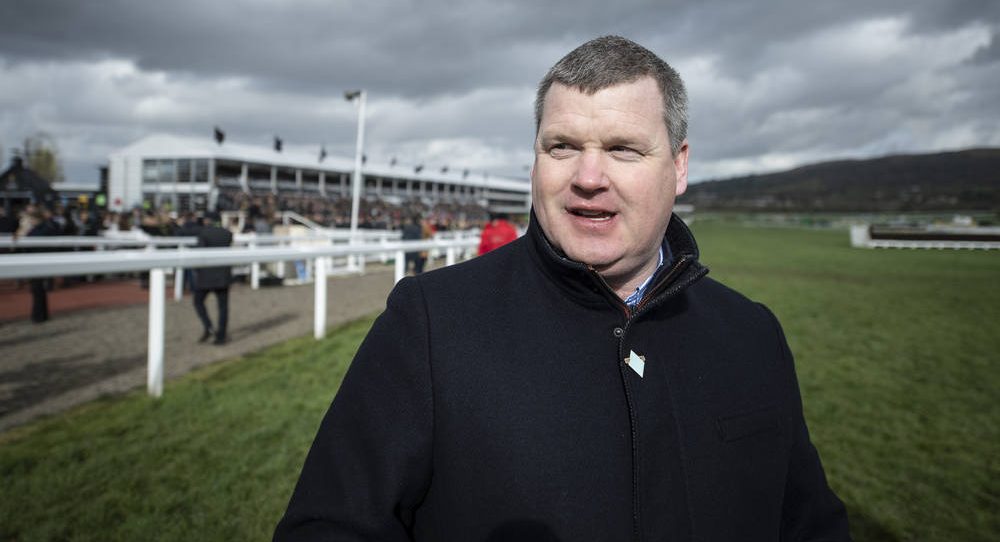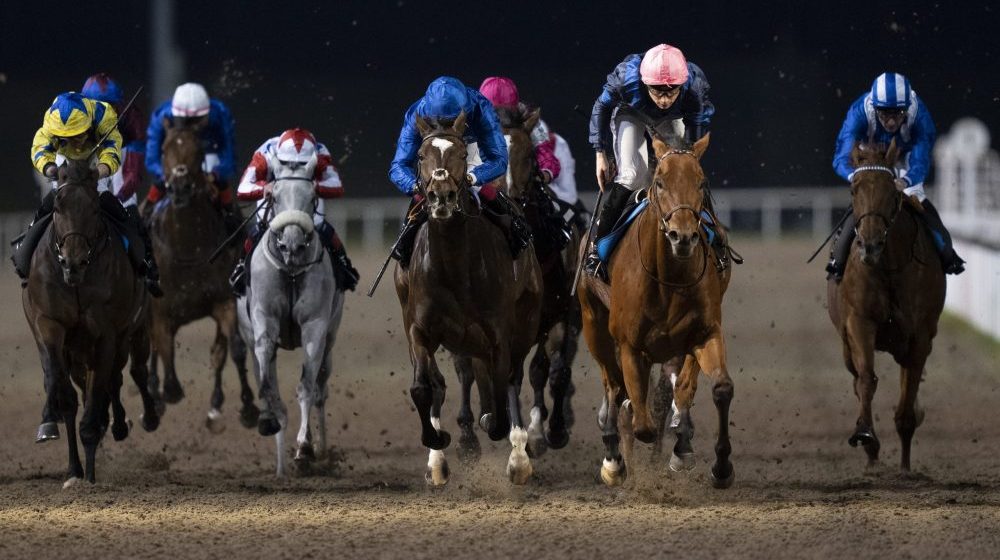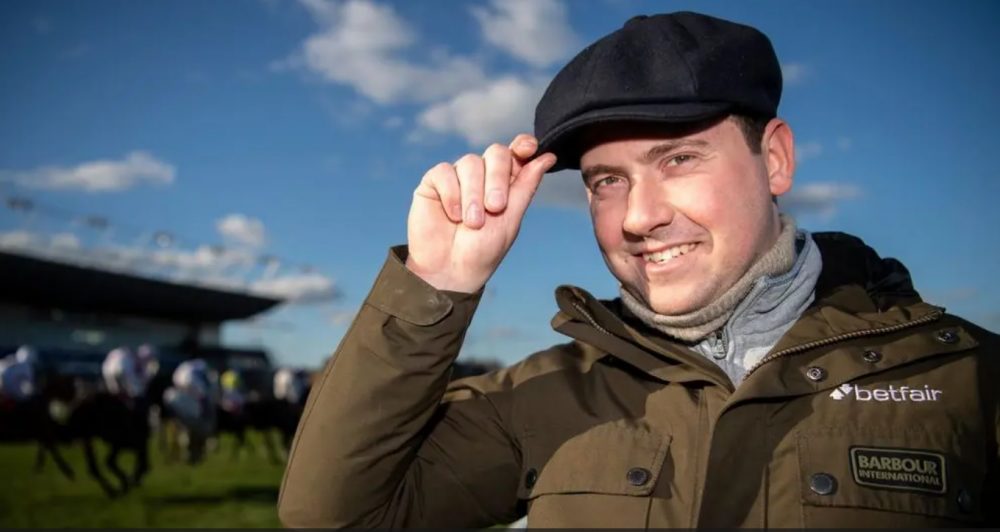
Beginner's guide to racing
Horse racing can be complicated, but our horse racing guides will help you master the sport of kings. Covering all major areas including betting, racecards and the Tote, there's also a handy glossary at the bottom of the page.
How To Bet
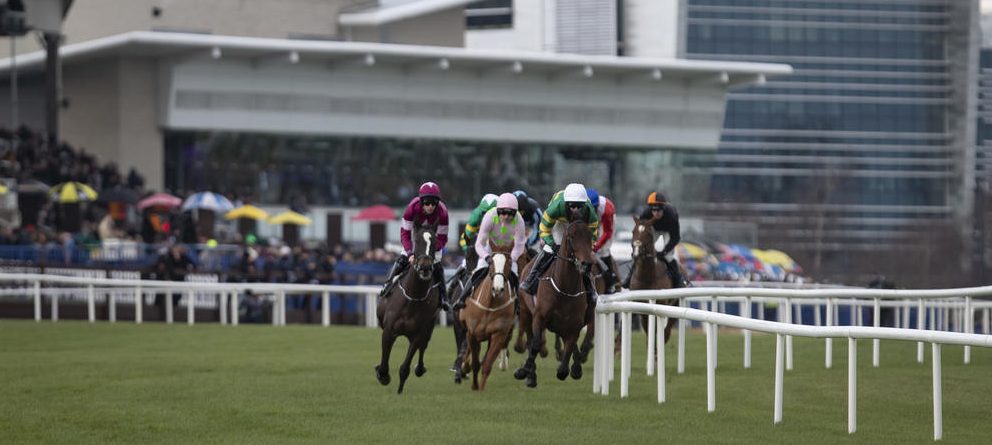
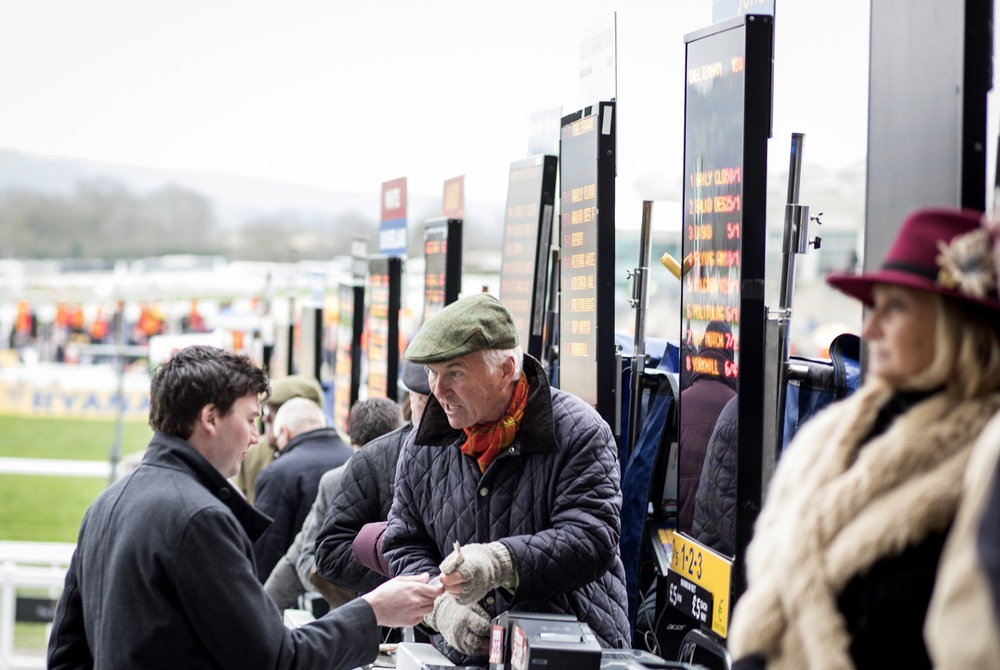
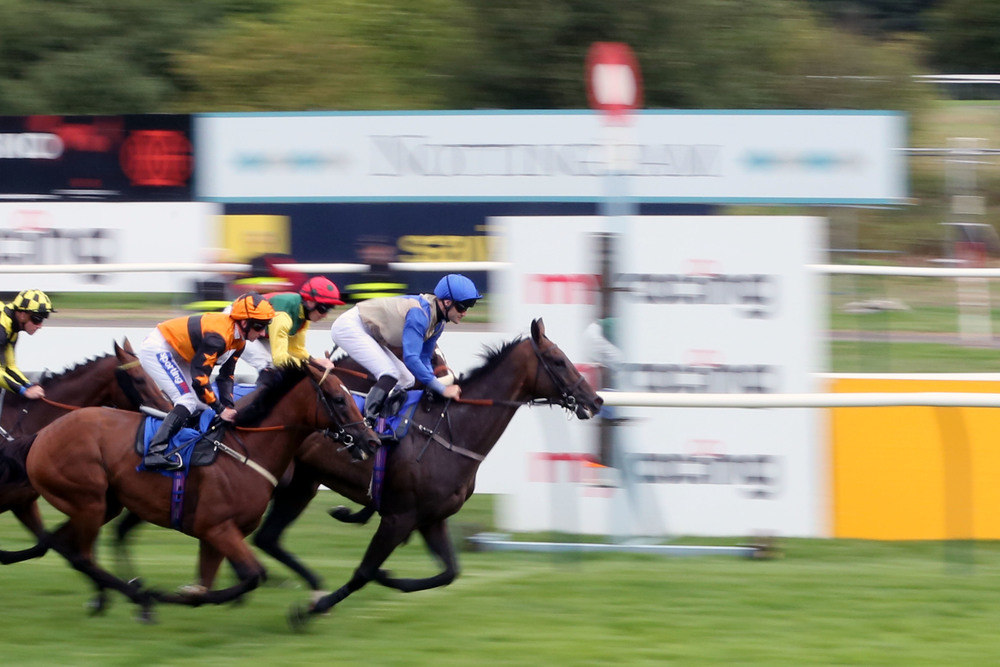
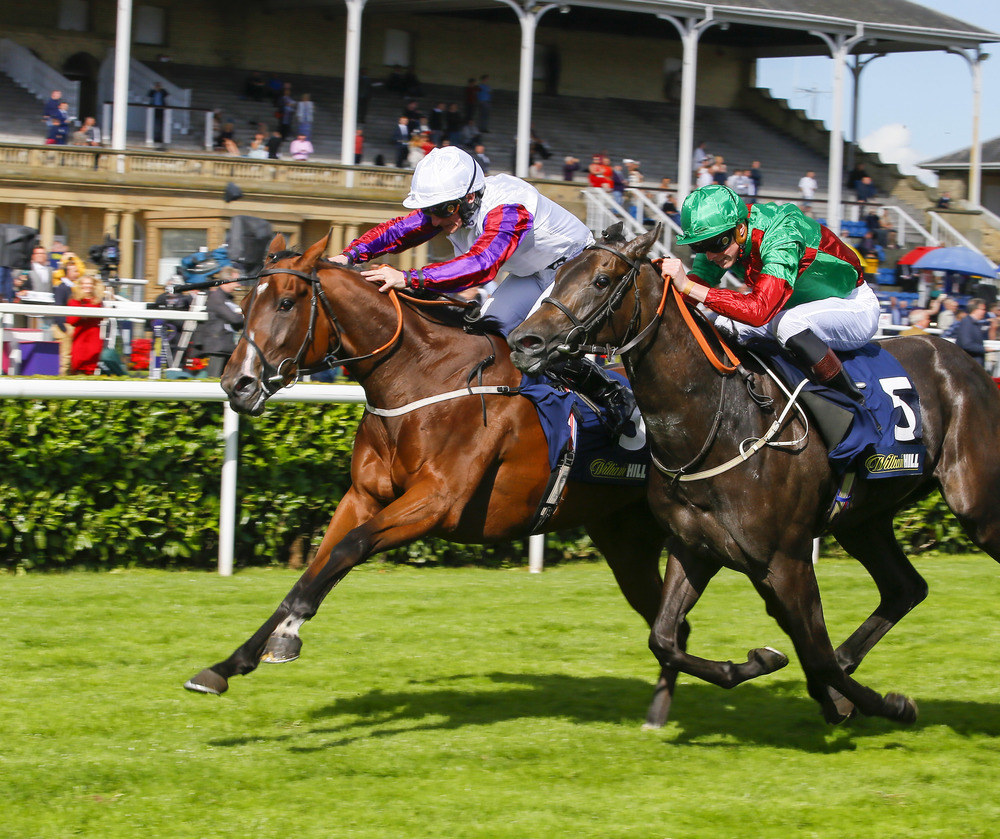
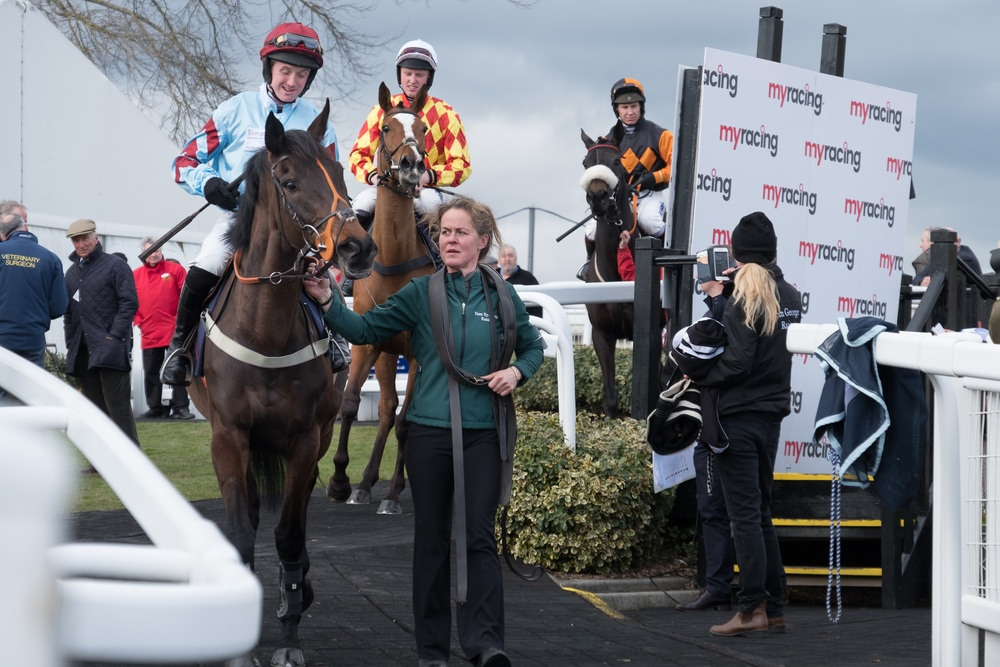

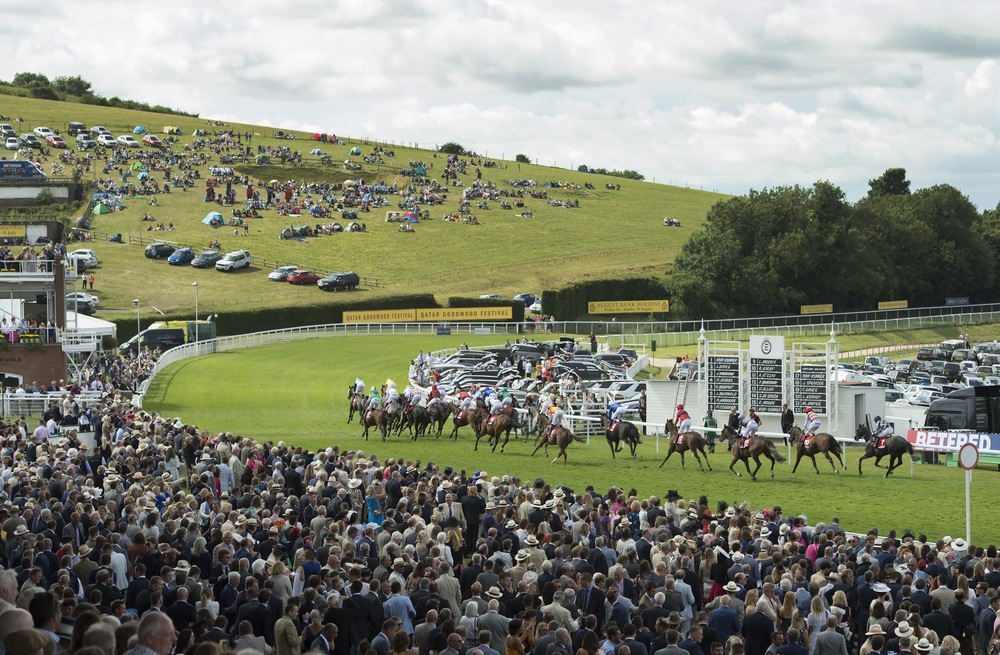
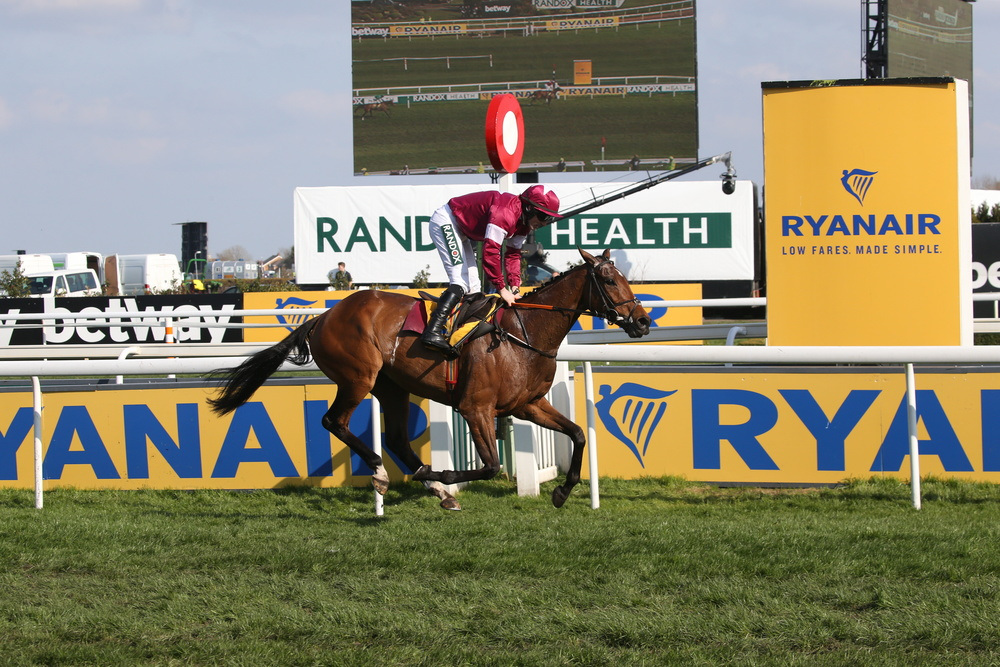
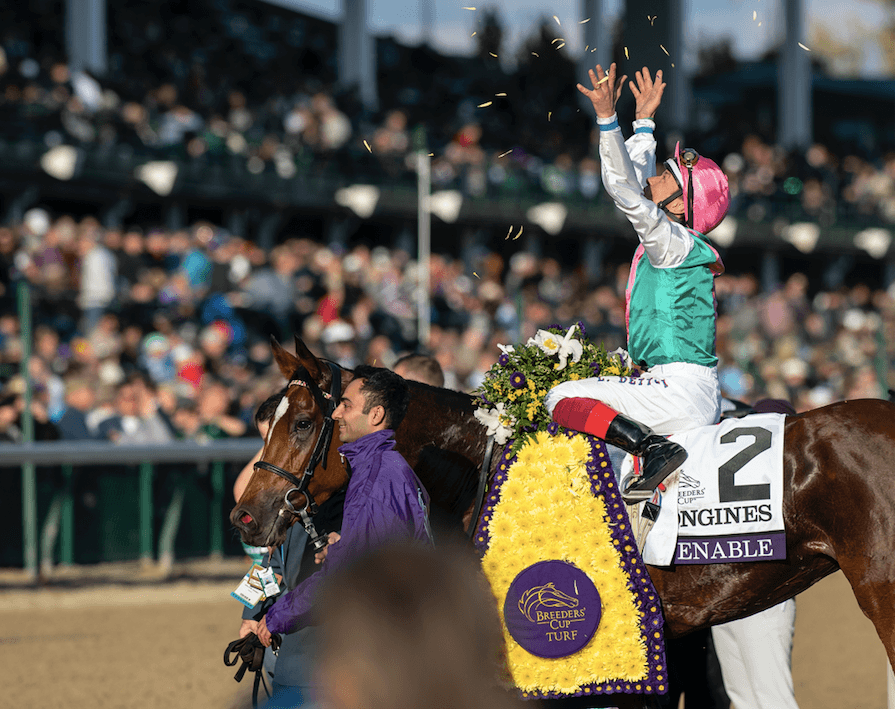



The Tote Explained
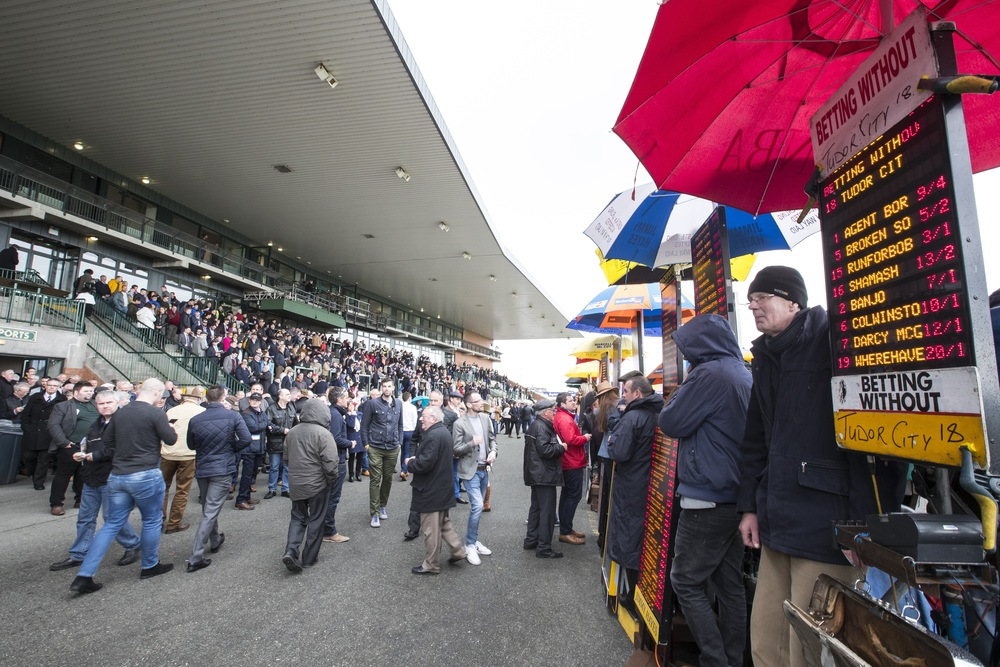
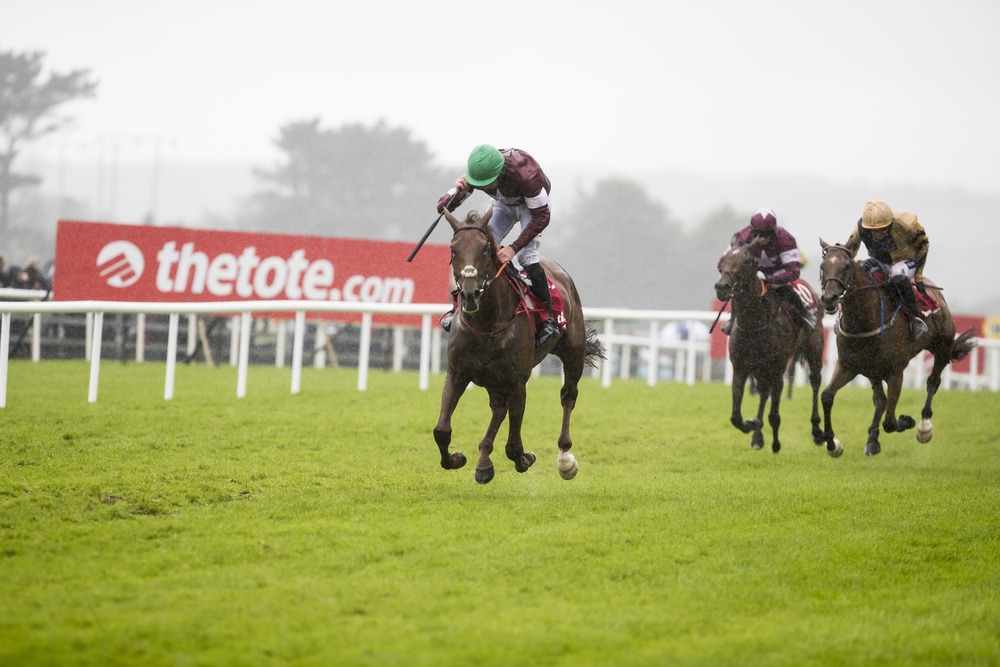
Guide to Racing
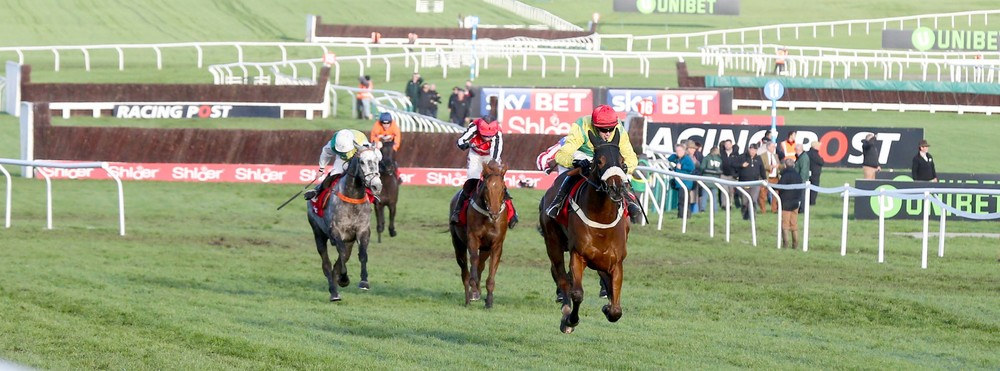
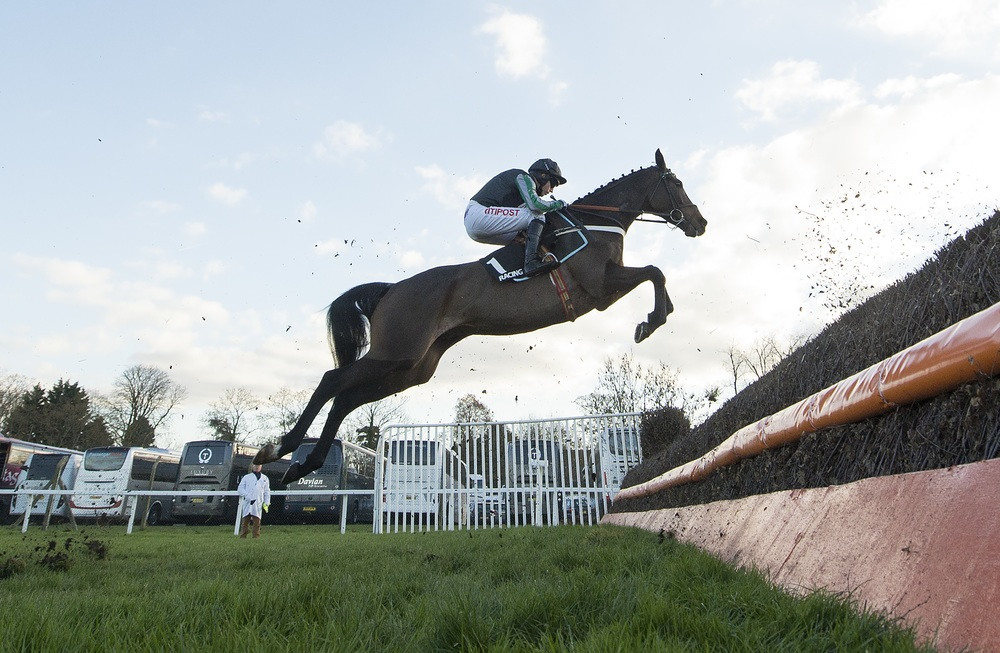
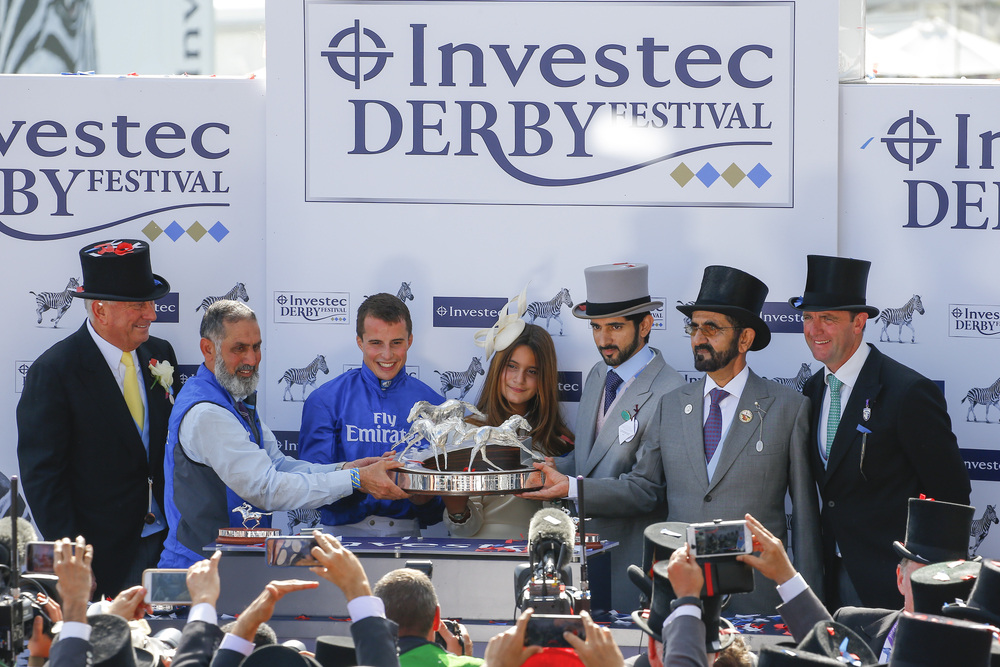
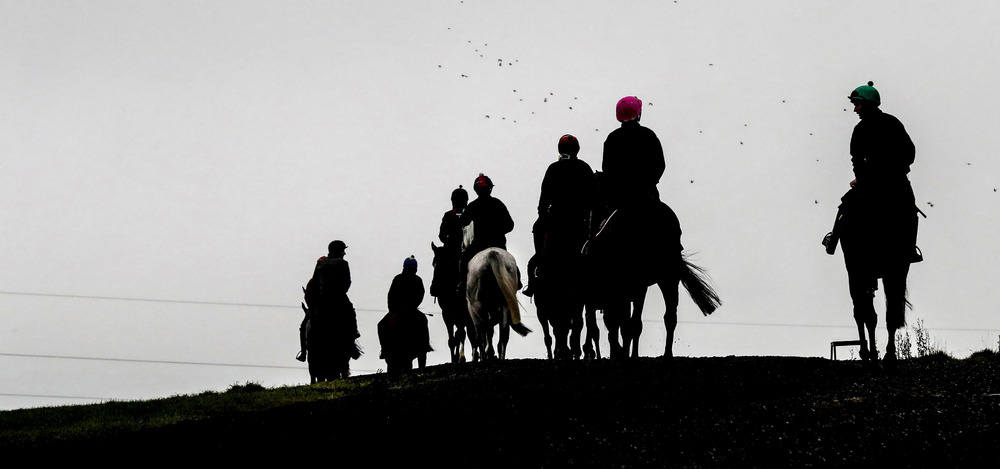
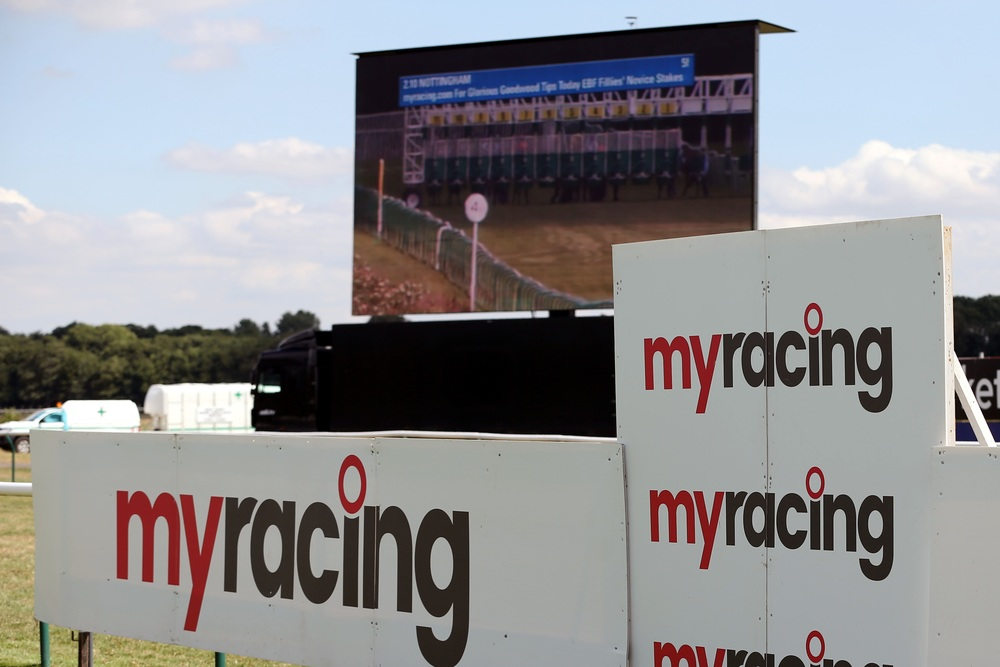

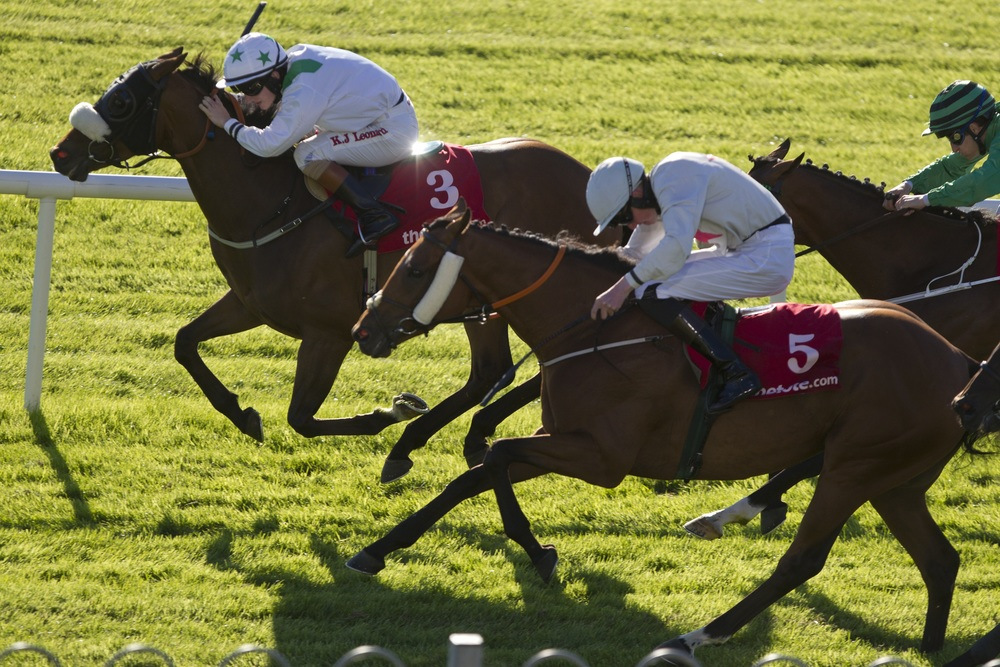
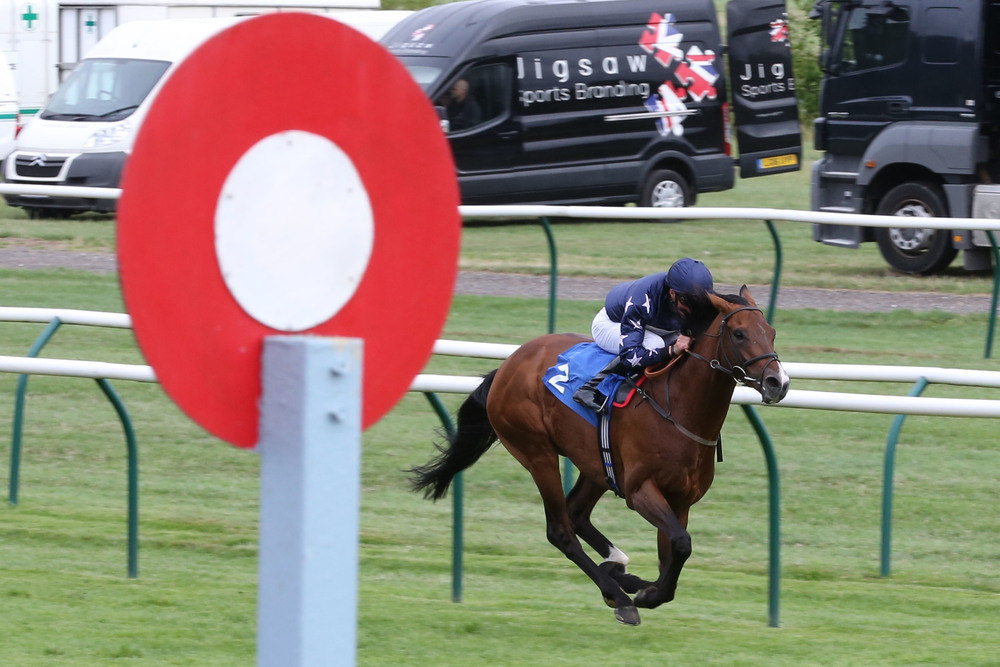
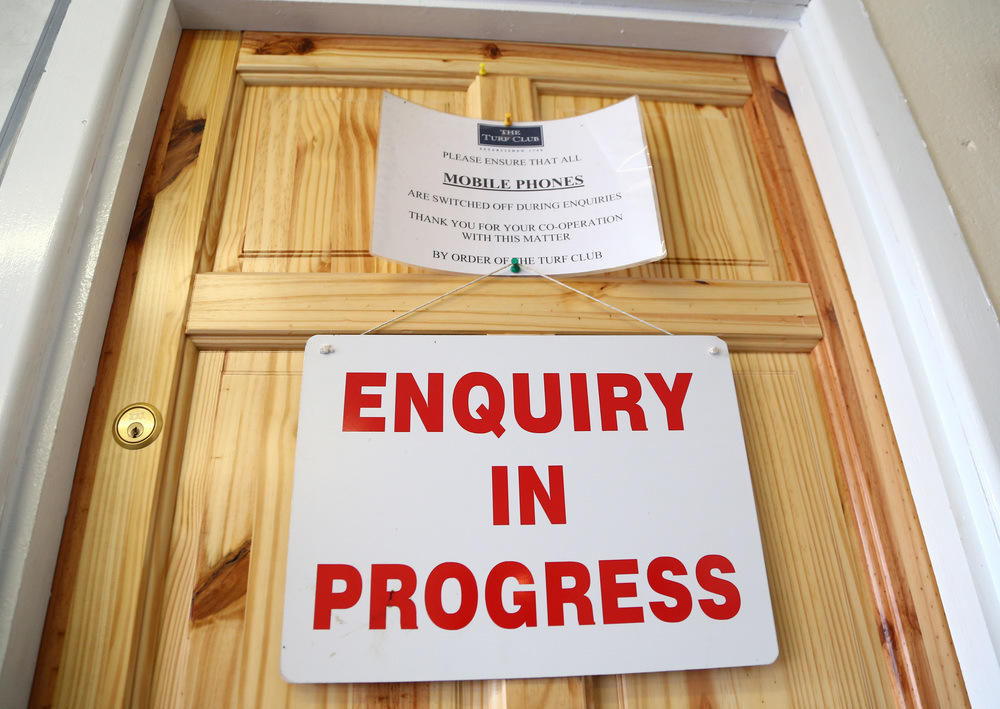
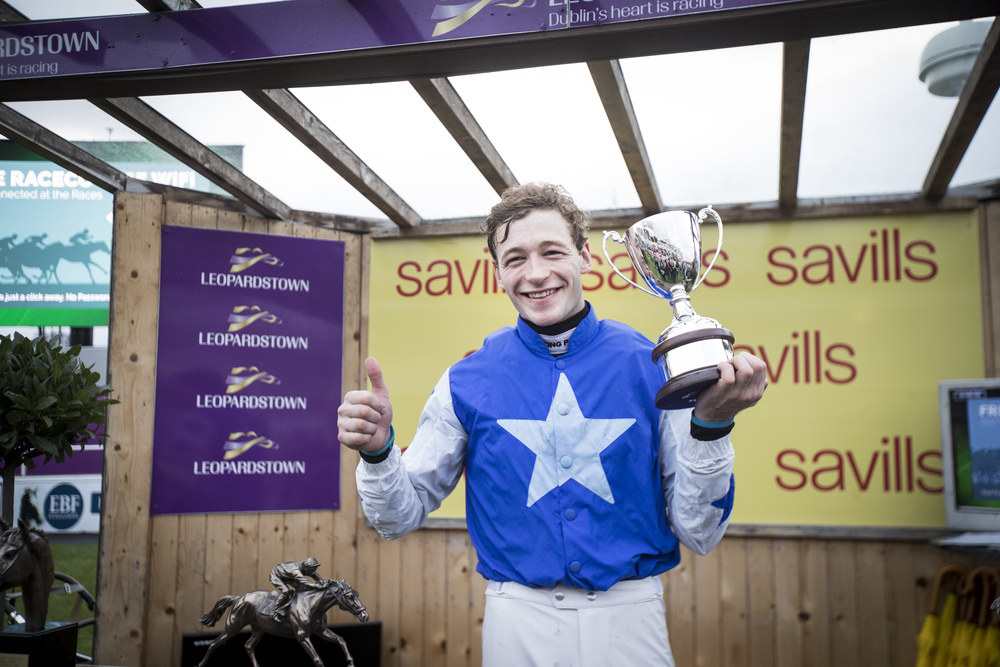
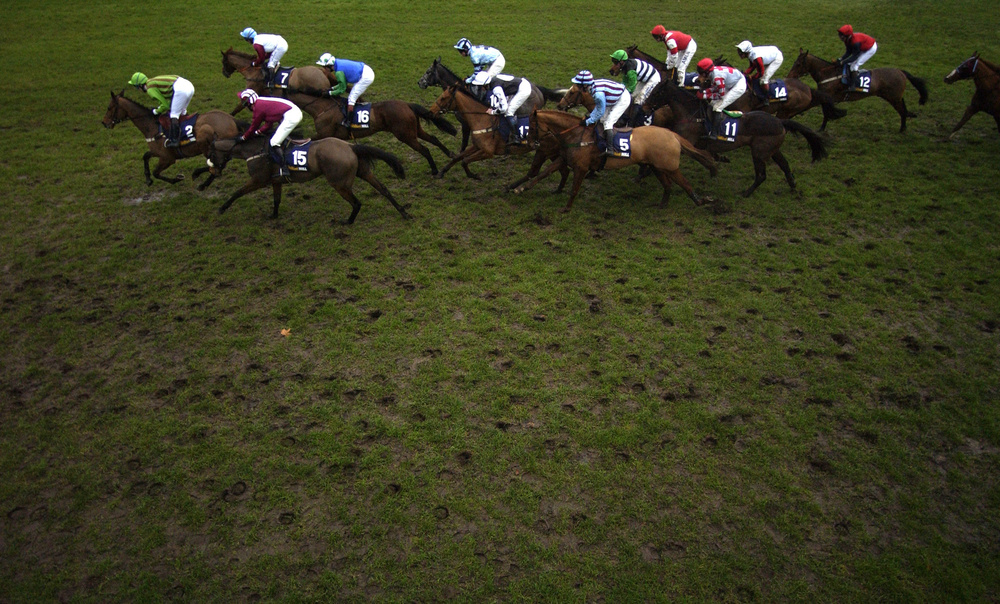
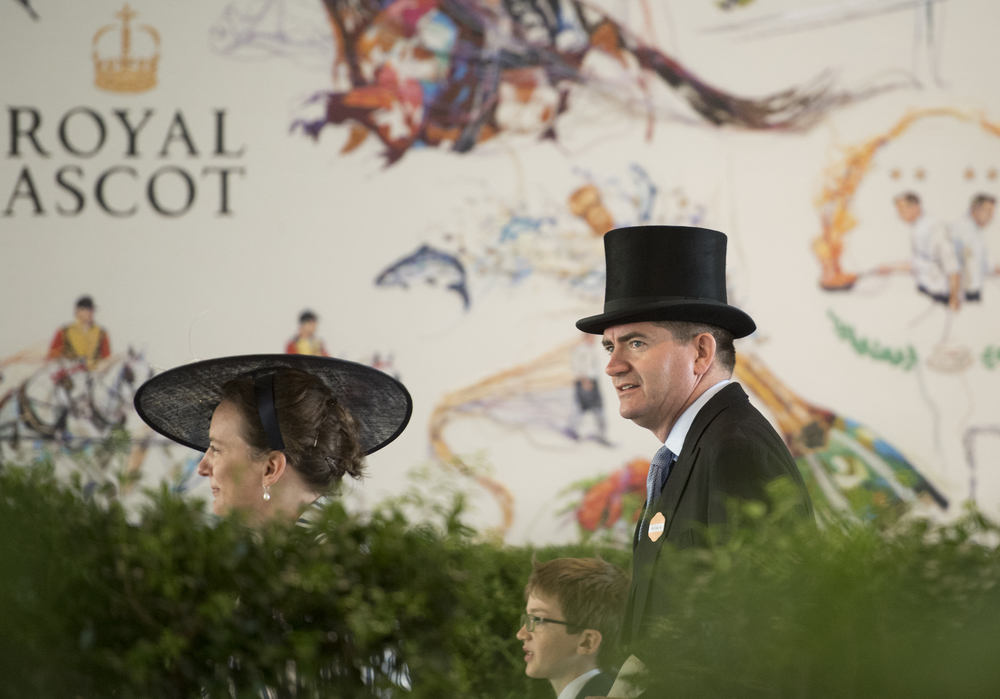
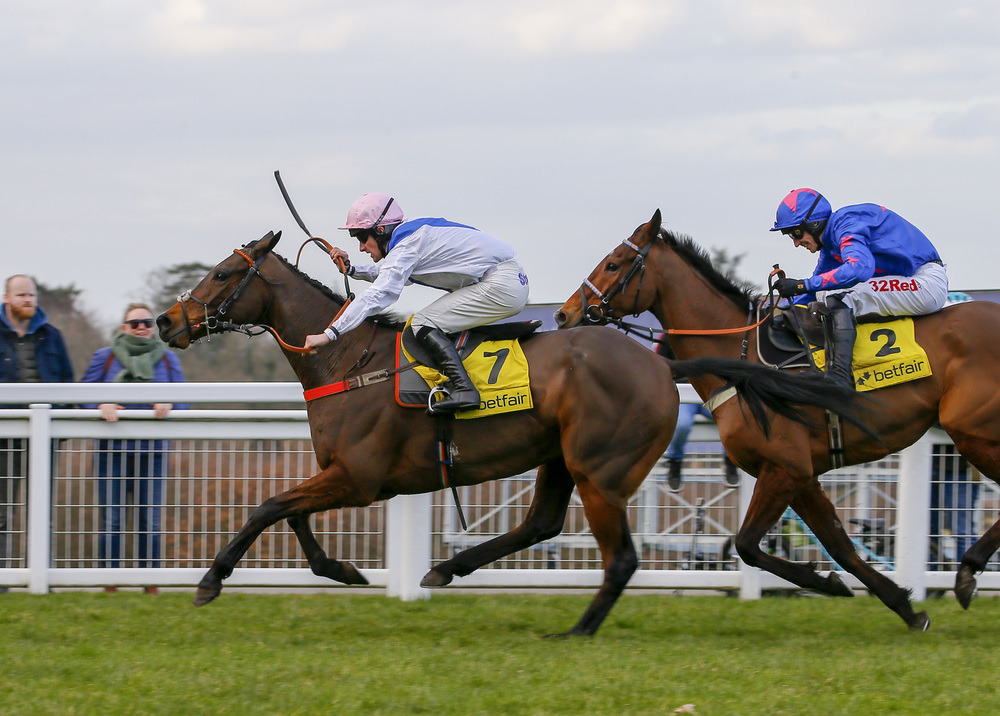
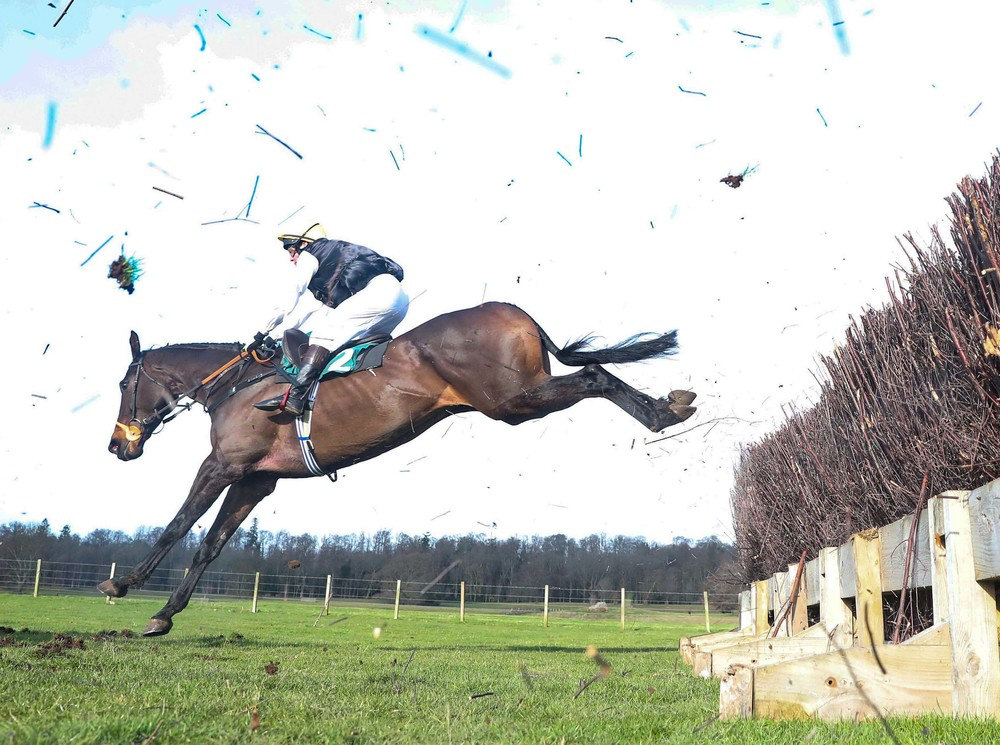
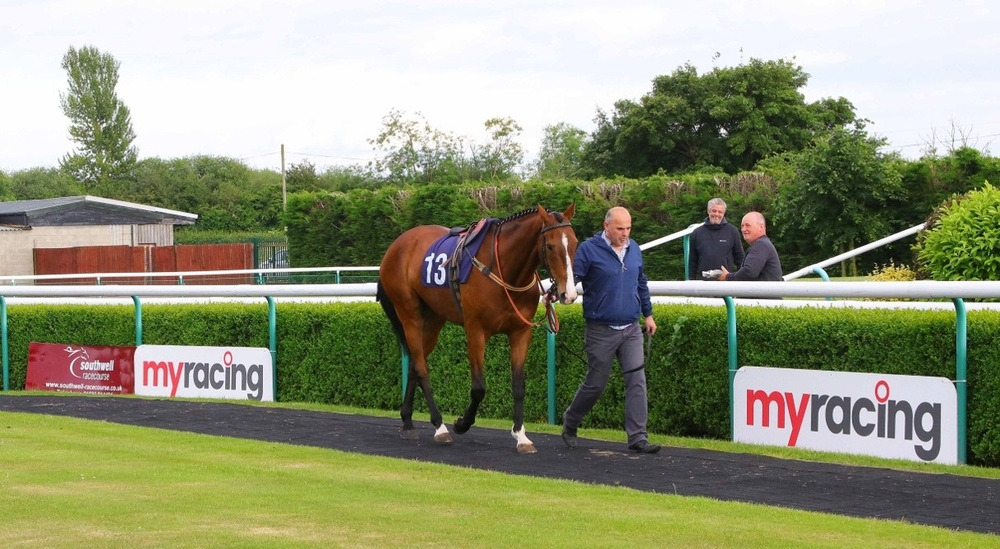
Cheltenham Festival
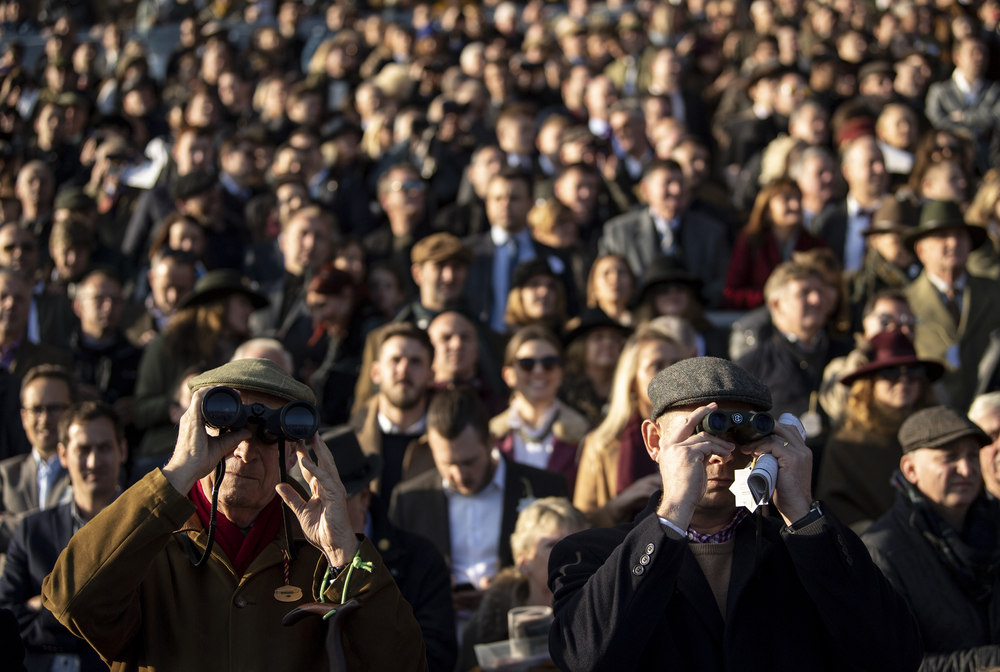
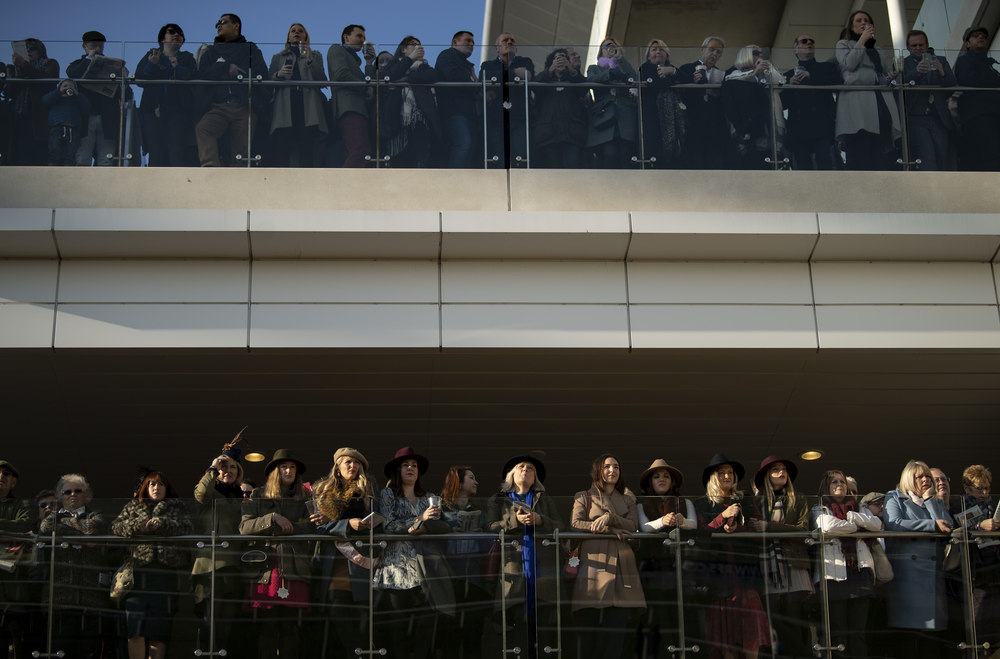
Grand National
Betfair Exchange









Glossary
A
Action
How a horse moves. Different actions suit different types of ground (e.g. firm or muddy).
B
Blinkers
Cup like pieces of equipment which force a horse to only look forwards. Denoted by a "b" on the racecard. See our full guide here.
C
Classics
There are five British Classics, all first run at least 200 years ago, and considered the most prestigious races on the Flat of the year.
D
Draw
In flat racing, the stall in which a horse starts the race. Picked randomly a "good" draw can provide an advantage at some courses.
E
Evens
Odds of 1/1, where a winning bet will return the bettors stake plus the same amount again as profit.
F
Filly
A female horse aged four or younger.
Form
How a horse has performed in previous races. Often displayed as the number of their finishing position (e.g. 1st = 1)
G
Going
The going describes the surface of the racecourse. See our full guide here.
H
Handicap
The horse's rating, as assigned by the sport's handicapping experts. Used to assign how much weight a horse carries in Handicap races. See our full guide to handicaps here.
J
Jockey
The person who rides the horse in the race.
L
Length
A unit of distance the same as the length of a horse, used to describe how far apart horses have finished in a race.
M
Maiden
A horse which has never won a horse race under Rules before.
Mare
A female horse aged five or older
N
NAP
A horse racing tipster's best bet of the day. See our NAP of the Day here.
Non Runner
A horse which had been expected to take part in a race but now won't be competing.
O
Odds On
Betting odds where the profit for a winner will be less than the original stake placed on (which the bettor also receives back)
P
Pedigree
A horse's lineage and ancestry. Being a direct relation to other quality racing horses is seen as a plus.
Photo Finish
When two horses finish close together, the judge will call a Photo Finish to inspect the official photograph of the finish and work out who has won.
Placed
When a horse finishes behind the winner in the official "places" - normally 2nd or 3rd, but see our full guide here.
R
Rule 4
When a horse in a race is a Non Runner, a Rule 4 deduction will be made to all other runners to compensate. See our full guide here.
S
Staying On
Describes a horse which is making up ground late in its races when other horses are often tiring.
T
Tongue Tie
A piece of equipment which ensures the horse's tongue doesn't obstruct the airway. Denoted by a "t" on the racecard. See our full guide here.
Trainer
The person in charge of looking after the horse - think football manager.
U
Unseated
When the jockey fails to stay in the saddle, but the horse doesn't fall. More common in jumps races than Flat races.
V
Visor
This equipment prevents a horse from looking backwards. Dennoted by a "v" on the racecard. See our full guide here.
W
Wind Op
Short of wind operation, a medical procedure which can help a horse breathe - and therefore perform - better.
Y
Yearling
A horse which is under the age of one - all ages for race horses are calculated with a birthday of 1st January.
Please Gamble Responsibly.





